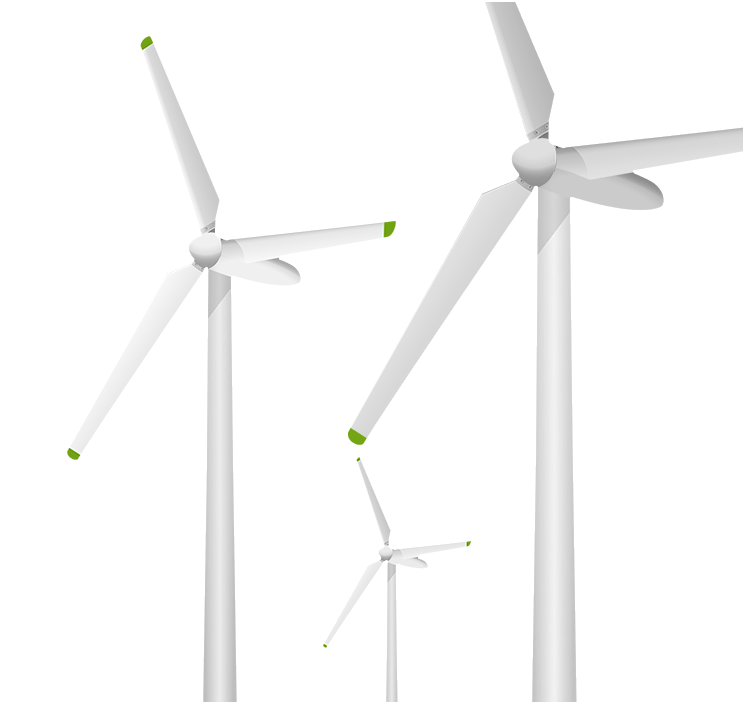Get In Touch With Us
Be Engery Independent with
Phoenix Solar Solutions
We drive the transition to more sustainable, reliable & affordable energy systems.

Phoenix Solar: Your path to Energy Independence begins here.
A solar water pumping system is a type of pumping system that uses solar energy to power a water pump. It is a sustainable and cost-effective way to obtain water in areas where there is no grid electricity or where access to electricity is limited.
Solar pumping system consists of the following major components
These are the primary source of energy for the system. They generate DC electricity when exposed to sunlight.
This component regulates the power supplied to the solar pump and helps to optimize its performance.
This pump is submerged in the well or water source and is responsible for pumping water to the surface.
These are used to transport the water from the pump to the storage tank and from the storage tank to the point of use.
This component regulates the on/off cycle of the pump based on the water pressure in the storage tank.
This is where the water is stored after it is pumped to the surface
A solar water pumping system is a type of pumping system that uses solar energy to power a water pump. It is a sustainable and cost-effective way to obtain water in areas where there is no grid electricity or where access to electricity is limited.
The solar panels generate DC electricity when exposed to sunlight, which is then used to power the submersible pump. The pump draws water from a well or other water source and pumps it to the surface, where it is stored in a water storage tank.
Solar water pumping systems are commonly used for irrigation, livestock watering, and domestic water supply in rural and remote areas. They are an environmentally friendly and sustainable solution that can reduce dependence on fossil fuels and grid electricity and provide reliable access to water in areas where it is needed most.
A VFD (Variable Frequency Drive) powered solar pumping system works by using a VFD to control the speed of the motor that drives the water pump. The VFD adjusts the frequency and voltage of the power supplied to the motor, allowing it to operate at different speeds depending on the solar irradiation available.
In the morning, the sun is just rising, and the intensity of sunlight is low. As a result, the solar panels generate a relatively low amount of energy, which may not be sufficient to power the submersible pump. During this time, the solar pump controller may limit the amount of power supplied to the pump to avoid overloading the system.
During midday, the sun is at its highest point and the intensity of sunlight is at its maximum. This is when the solar panels generate the most energy, which is used to power the submersible pump. The solar pump controller may adjust the voltage and current supplied to the pump to optimize its performance and maximize the amount of water pumped.
In the evening, the sun is setting, and the intensity of sunlight is decreasing. As a result, the solar panels generate less energy, which may not be sufficient to power the submersible pump. During this time, the solar pump controller may reduce the amount of power supplied to the pump and may even shut off the system completely.
We drive the transition to more sustainable, reliable & affordable energy systems.
